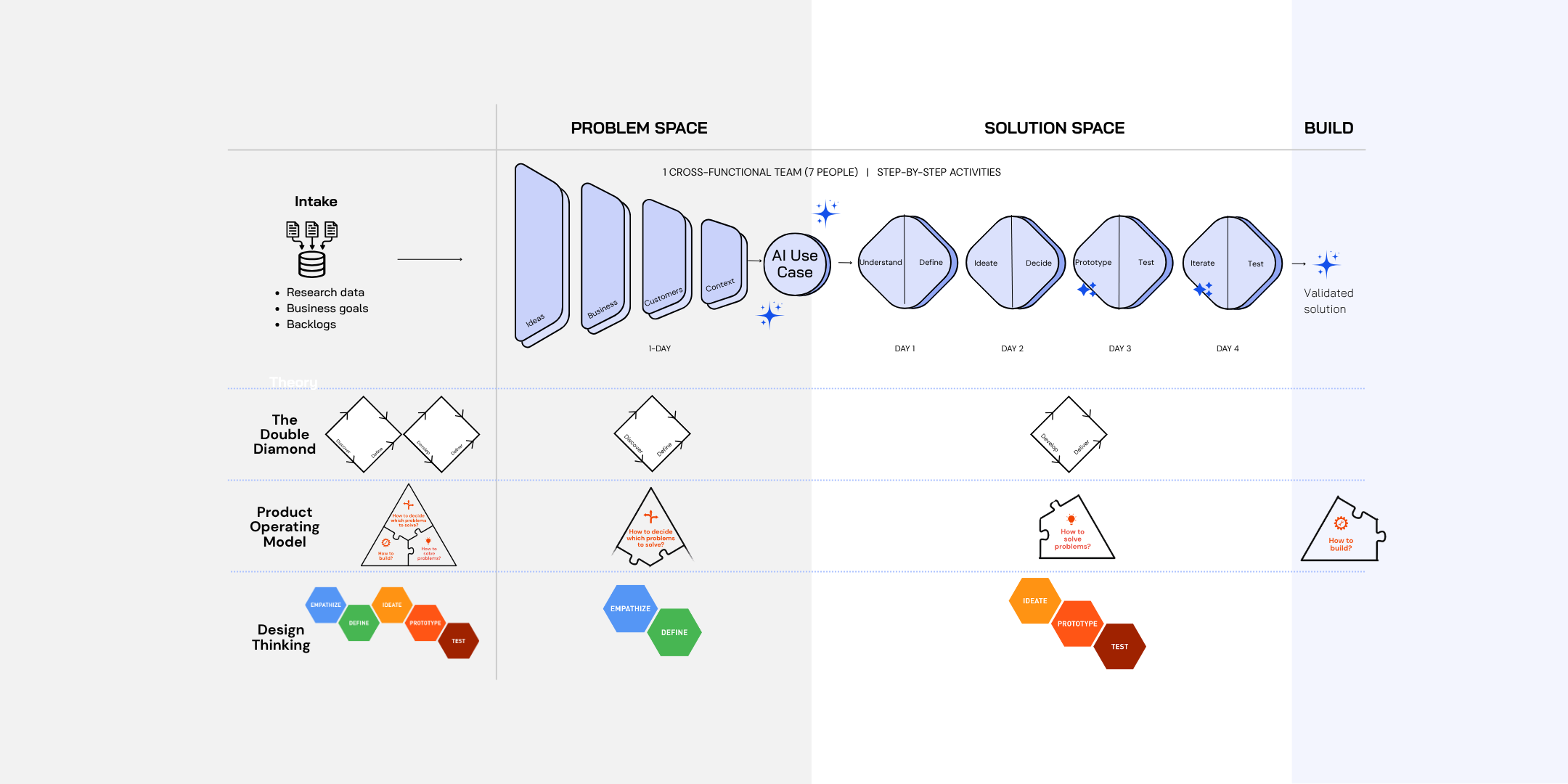What Saudi Students Taught Us About the Future of AI

Last month, we had the privilege of delivering AI Problem Framing and Design Sprint training to over 150 students across five of the most prestigious universities in Saudi Arabia. This initiative was part of Nupco’s national program to empower young Saudi talent and accelerate the Kingdom’s digital transformation. We were honored to contribute as a strategic training partner.
Participating universities: King Saud University - Riyadh; Princess Nourah Bint Abdulrahman University - Riyadh; King Abdulaziz University - Jeddah; Imam Mohammad Ibn Saud Islamic University - Riyadh; King Fahd University of Petroleum and Minerals - Dammam.
Together with Nupco, our goal was simple:
Help the next generation of innovators in the Kingdom learn how to think with AI — not just replicate what we do today, but reinvent what comes next.
Nupco captured these moments in a powerful video — a glimpse of the energy, creativity, and ambition shaping the next generation of innovators in the Kingdom.
1. The Beginner’s Advantage
Students are the best kind of learners. No “old ways of doing things” to unlearn. No ego standing in the way of starting fresh.
They move fast, stay curious, and somehow — even at 9 p.m. — their energy doesn’t fade.
That’s not just enthusiasm. It’s mindset.
And right now, that mindset is everything.
Because AI isn’t just another wave of technology — it’s rewriting how technology itself works.
In just the past few weeks, OpenAI has transformed ChatGPT into something much bigger than a chat interface. Now, apps like Canva, Booking.com, and Figma live inside the conversation. You can plan, design, and publish — all without ever leaving the chat.
And as if that wasn’t enough, OpenAI just released AgentKit — a no-code “Agent Builder” that lets anyone create AI agents visually, by connecting logic blocks on a canvas. No more stitching tools together with Zapier or Make; no need for a data science degree. Anyone can now build a working AI system — in minutes.
That’s extraordinary news. But it also changes the game.
Because when anyone can build, the real advantage won’t be how fast you do it — it will be what you choose to build.
In this new “no-code AI economy,” the bottleneck isn’t technology anymore — it’s thinking.
Most teams still start with the tech and hope the purpose becomes clear later (spoiler: it rarely does).
The ones who’ll win now are those who know how to frame problems, find the right use cases, and turn strategy into working solutions.
As building becomes easier, thinking becomes the true competitive edge.
And that’s exactly what our students demonstrated — clarity of thought, curiosity in action, and the freedom to imagine without constraint.
2. When Structure Unlocks Creativity
None of the students had corporate experience. None had an AI background. And yet — in just a few hours — they came up with ideas that could rival any innovation team:
- 💡 AI-powered shoes for the visually impaired
- 💡 An AI advisor to help students navigate university life
- 💡 A facility management assistant for campus operations
- 💡 An AI tool to unify loyalty points across airlines, hotels, and credit cards
Every concept was anchored in customer needs, business goals, and feasibility.
They weren’t guessing — they were framing.
It shows what’s possible when you give people a clear process for thinking through problems and a safe space to collaborate.
The creativity is already there.
What most organizations lack isn’t talent — it’s the structure to unlock it.
3. The Lesson for Leaders
The future of AI won’t be owned by the ones who code best.
It will belong to those who frame problems best — the teams who can connect strategy, human insight, and technology. That’s what we witnessed in KSA.
The Nupco program gave students something invaluable: a space to explore, to ask “why,” and to build confidence in using AI for meaningful impact. It’s a glimpse of the Kingdom’s Vision 2030 in action — empowering young talent not just to adapt to change, but to lead it.
For us, at Design Sprint Academy, we believe this mindset — curiosity, clarity, and experimentation — is the new foundation for innovation. That’s why we built our AI Sprint Bootcamp: to help teams bridge strategy and execution, and turn that mindset into measurable results.
Final Thought
Watching 150 students stay engaged late into the night, brainstorming how AI could make life easier for others, one thought stayed with us:
The future isn’t tired — it’s wide awake. And it belongs to those who stay curious.

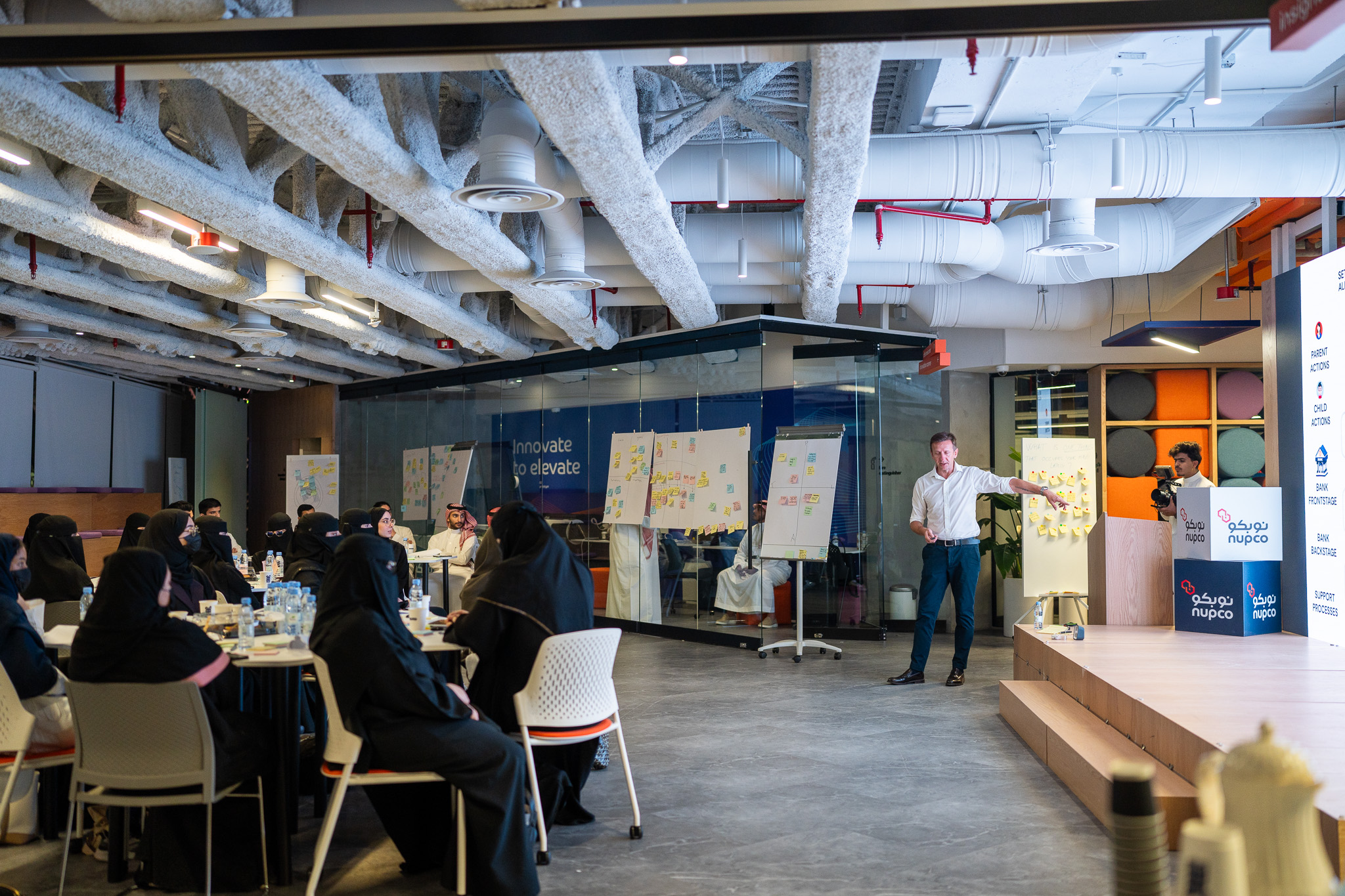
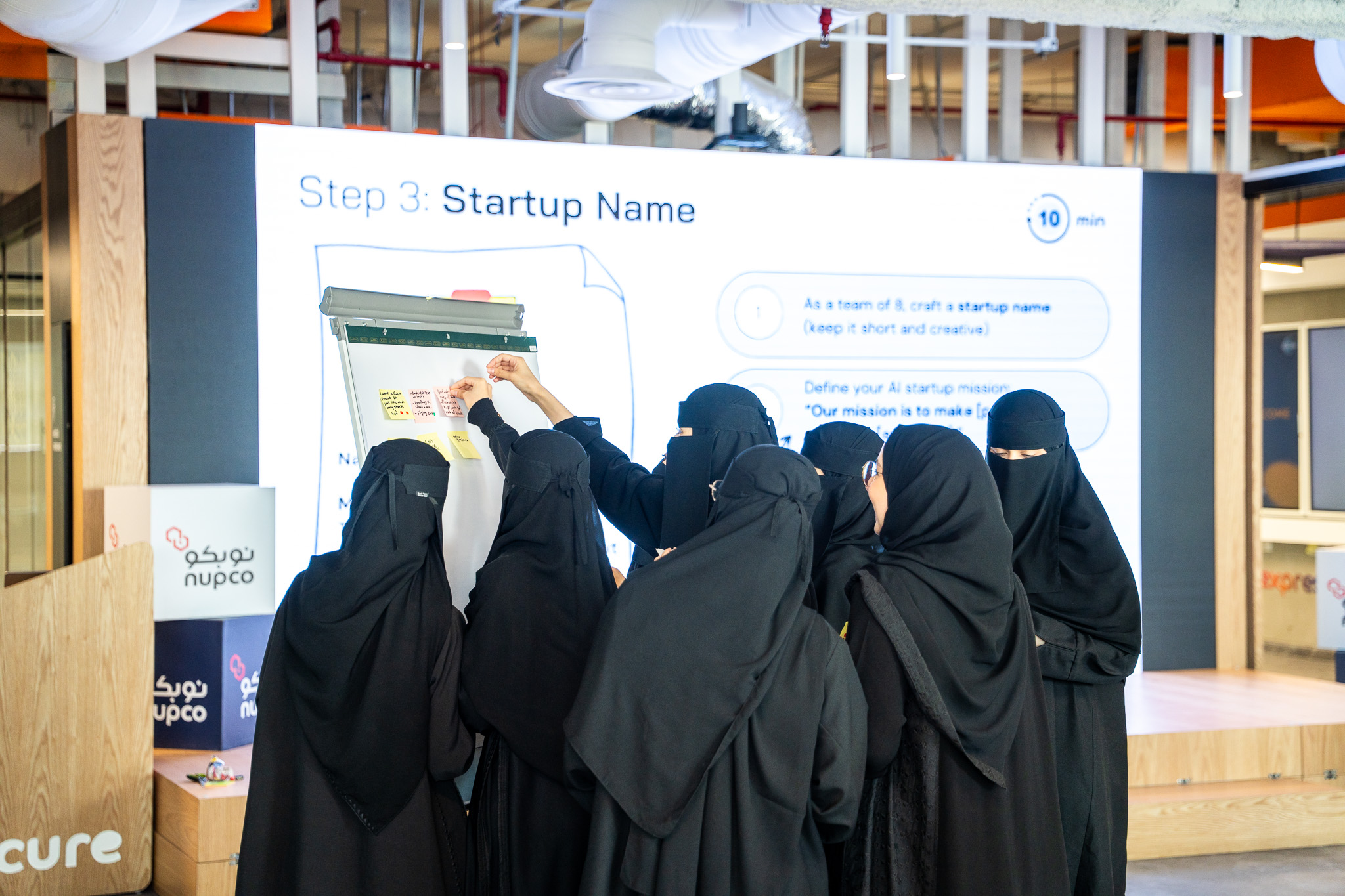
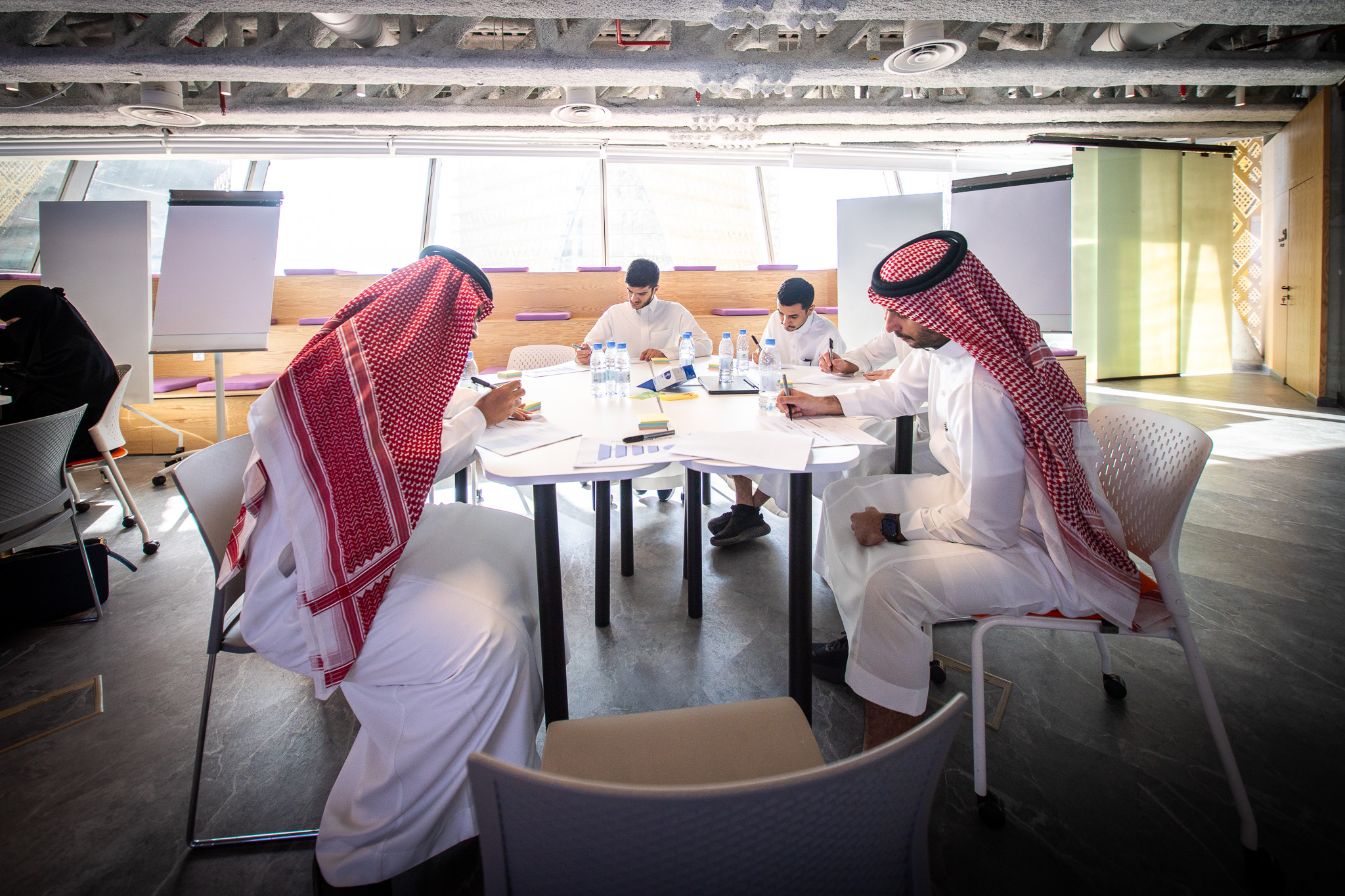


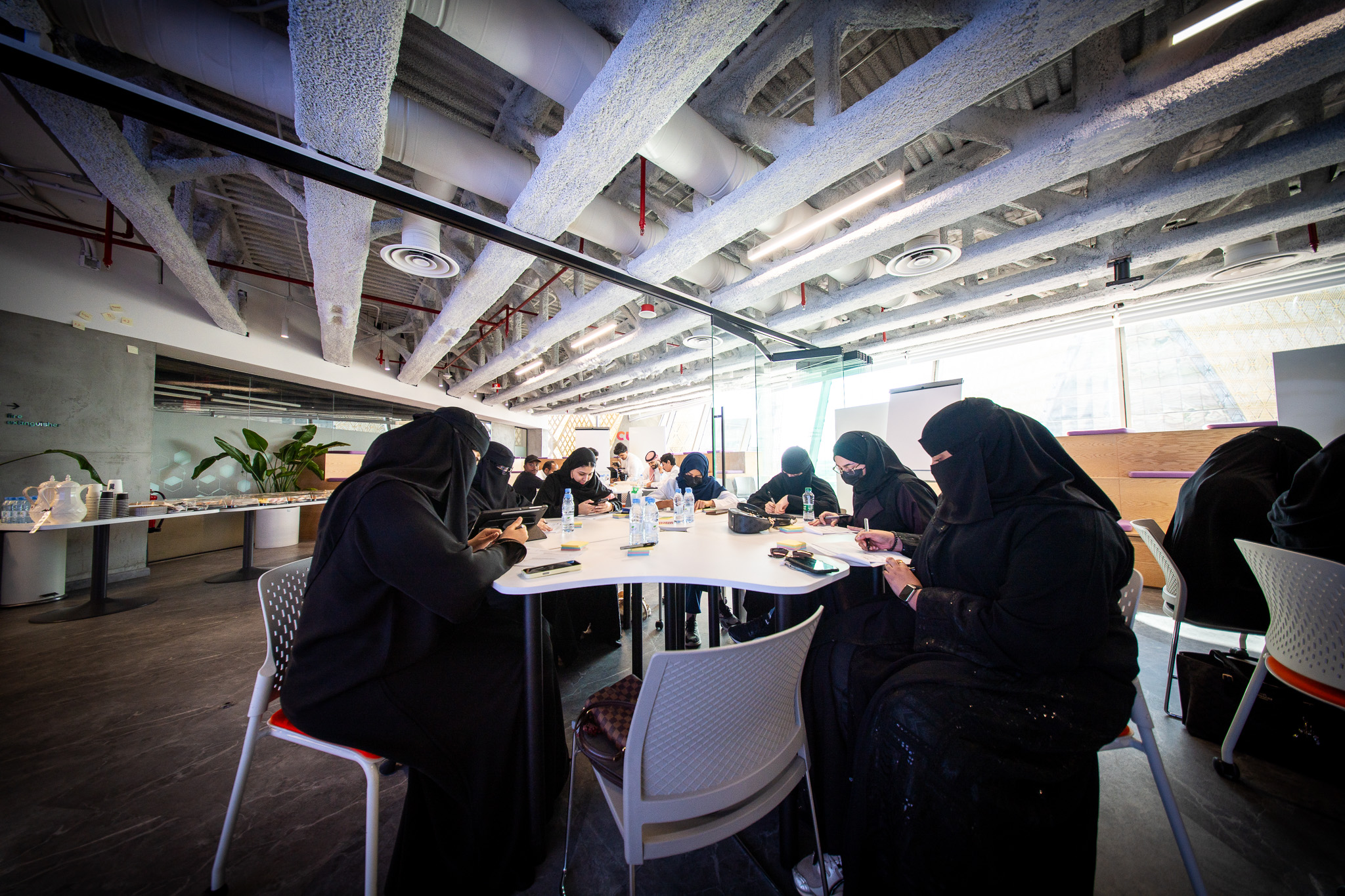

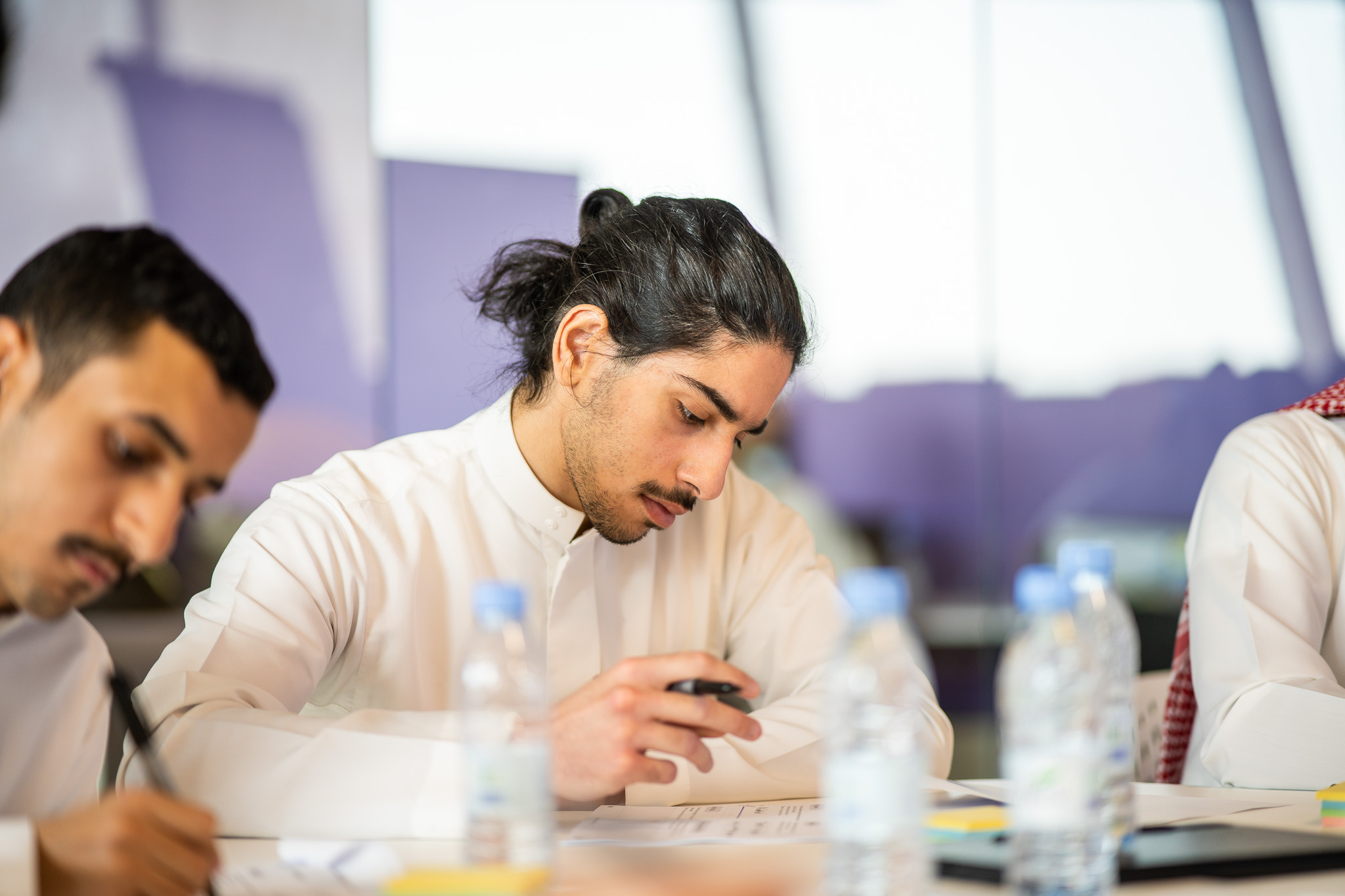

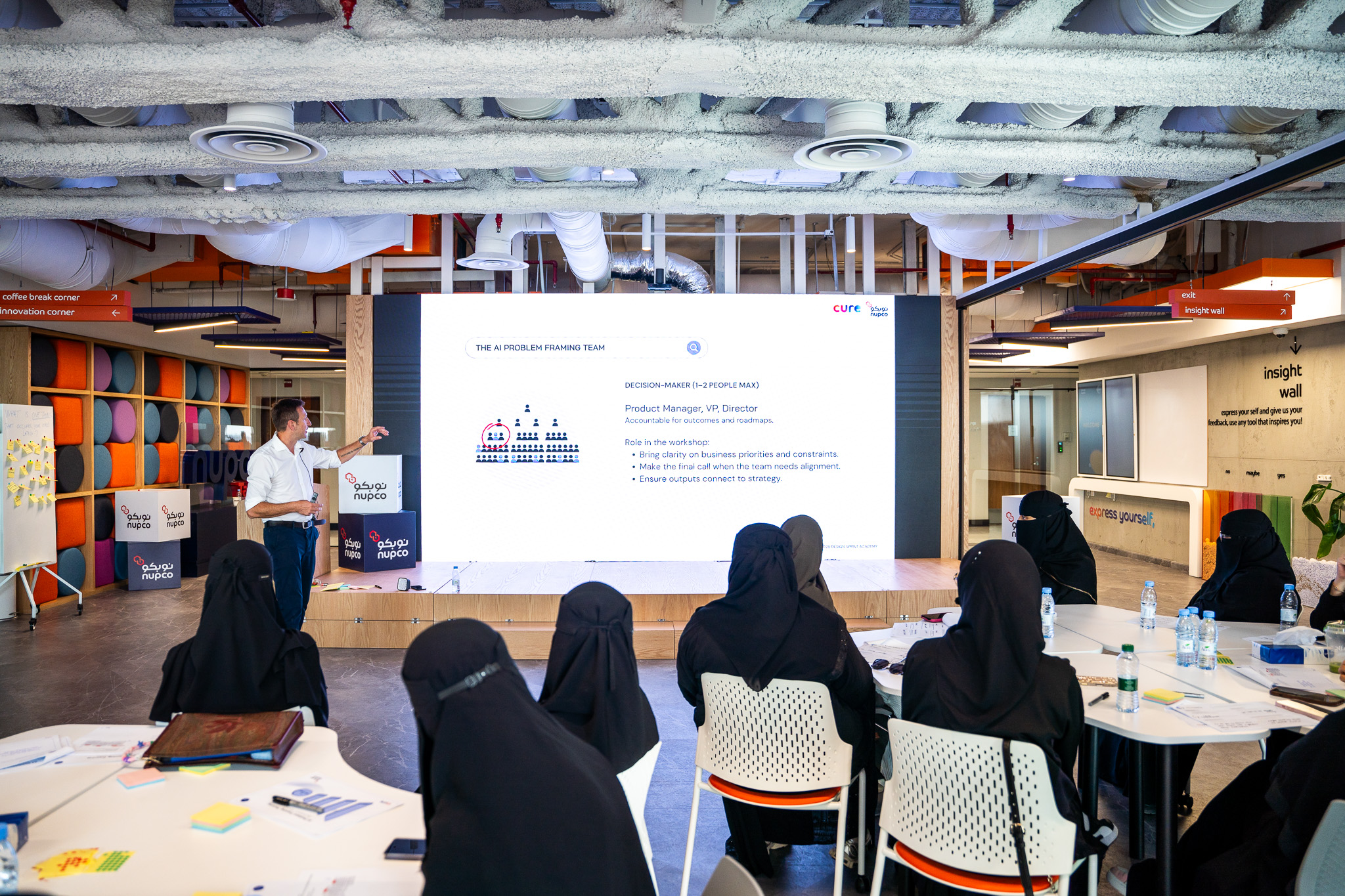
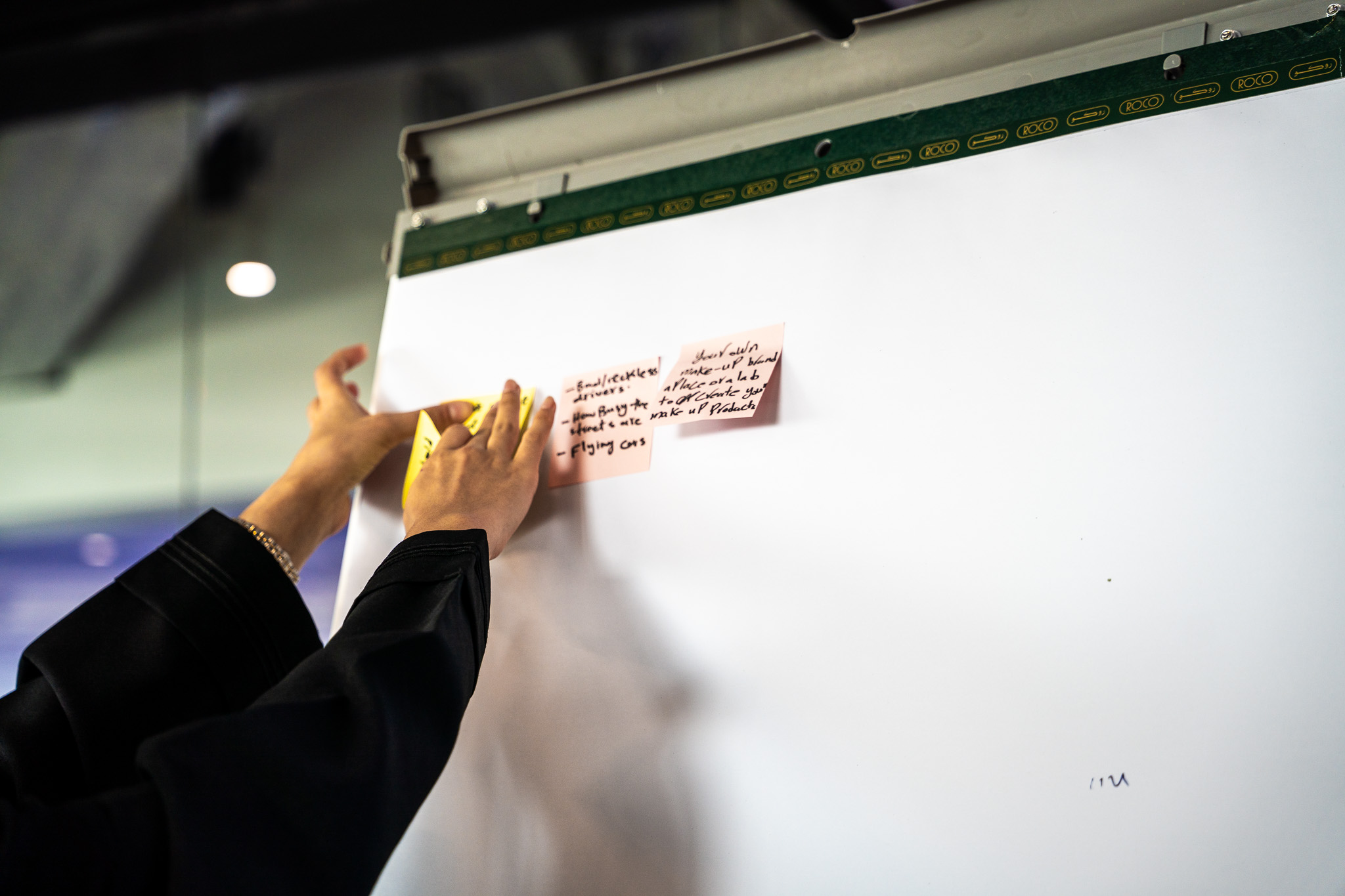

.png)
.jpg)
